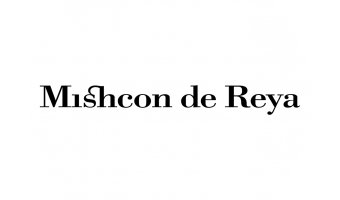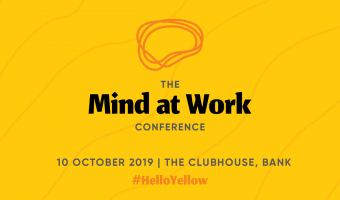News from in & around
The Clubhouse
Deep is meaningful: the invisible aspects of company culture are the secret to attracting, and keeping, great people
It’s been shown that when it comes to hiring and keeping great people, better cultural ‘fit’ at work results in higher levels of job satisfaction and performance and a willingness to stay longer. (Ref: Kristof-Brown et al. Personnel Psychology 2005).
Consistently finding people who’ll be a good cultural fit (meaning they share values and norms with the majority of their colleagues) and therefore thrive in an organisation begins with an appreciation that organisational culture is not just the bits we see or consciously think about. The real opportunity (and potential de-railers) sit beneath the waterline, exerting huge influence on whether a new hire will sink or swim.
Layers of culture
If an organisation has spent time defining their culture, it’s likely the process will have delivered a set of organisational values and ‘ideal’ behaviours that bring these to life. The thinking is that if everyone in the organisation behaves in an agreed way, the culture will be as it needs to be to deliver the strategy.
But culture is ultimately governed by the deepest roots of our collective psychology. Edgar Schein’s iceberg model (fig 1), highlights the hidden roots of culture, with the foundation being our underlying beliefs – those things that start as subjective values, but over time become embedded and unconsciously accepted as ‘the way things are’.

The way things are
Underlying beliefs are incredibly powerful. They are what can keep cultures stuck and drive how we act, what we pay attention to and the decisions we make. They are often difficult to describe, intangible, and only understood by people who’ve become used to the way the organisation works over a period of time.
These assumptions are one of the things that can make it hard for new recruits to ‘fit in’. Anyone who has joined an organisation will recognise the feeling of being the newbie – getting to grips with what’s allowed, tolerated and required in the course of getting work done e.g. Is it OK to bring half-formed ideas to the table or do I need a fully worked up proposal? Can I knock on a senior leader’s office door or do I have to make an appointment?
Three ways to help people fit in and flourish
So how can we use our understanding of the culture iceberg to help us both recruit people who are a good culture fit and help them ‘fit in’ and flourish quickly?
1.Understand the underpinnings of your culture
If a definition of the organisation’s culture already exists, sense check whether it goes deep enough to include existing assumptions and beliefs. If not, explore them.
Use a method like appreciative inquiry to uncover the beliefs that are helping the organisation and that you might want to amplify. Or simply introduce conversational prompts like ‘What are we assuming here?’ or ‘What are we taking for granted?’ to increase awareness of what may be going on beneath the surface. There may be things that are currently hidden that need to be noticed and talked about in order to help new recruits integrate quickly and be successful.
2. Paint an accurate picture
Often the ‘official’ values and expected behaviours of an organisation don’t fully represent reality but are still what we rely on to market our organisational culture to prospective team members. Our intent is to help them understand whether they want to be part of the organisation and how well they’ll fit in. But it can lead to a mismatch between expectations and reality, undermining trust from the get-go.
Describe your culture accurately and honestly. Better to say we are ‘working towards’ or ‘aspire to have’ a innovative culture rather than say the culture is one of innovation when it isn’t…yet.
3. Watch for the pitfalls
Hiring managers are people and, if they’ve been in their role for any length of time, are likely to have assimilated the organisation’s norms. Be aware that this can result in unconscious flaws in the recruitment process. For example an organisation has built a successful legacy on a foundation of quality and safety but aims to respond to competitive pressures by becoming more innovative. They decide to hire more ‘green’ thinkers – people with behaviours and mindsets that support innovation.
As the process gets underway, the hiring manager becomes unconsciously conflicted by their unchanged legacy beliefs like, “a safe pair of hands is what works best for us”. As a result, the search slowly widens to find candidates who fulfil both the old and new criteria. The expectations are unrealistic and either a match can’t be found, or the manager settles for a hire who doesn’t quite hit the original brief. As a result, the new strategy is compromised from the outset.
Equip hiring managers with the tools and ability to consciously choose which old ideas to let go of, and what trade-offs they may need to be open to in order to bring in the behaviours you are seeking.
Summary
Culture is the character of the organisation. Those that cultivate strong, attractive characters understand the behaviours they need to deliver their goals and the beliefs that reinforce or get in the way of those behaviours. Using this understanding to shape every touchpoint through an employee’s journey ensures the right people are attracted and recruited and that they want to stay and get fully involved. Ultimately, we can build a consistent and collective culture that focusses effort, helps people work together and make decisions with more ease and greater impact because of the shared sense of who we are, what’s necessary and what’s important.
This article was written by Caroline Gosling, Director of Culture & Engagement at Rubica Change & Analytics: www.rubica.co.uk


